Costa Rica Tara Pearl Father Rose Summer Wash Coffee Flavor Characteristics Introduction
Professional coffee knowledge exchange more coffee bean information please follow the coffee workshop (Wechat official account cafe_style)
Costa Rica Padre Ronald Geisha
Costa Rican priest rose summer
Country: Costa Rica
Producing area: Tarazhu
Variety: Rose summer
Altitude: 1600-1650m
Treatment: washing treatment
Grade: SHB
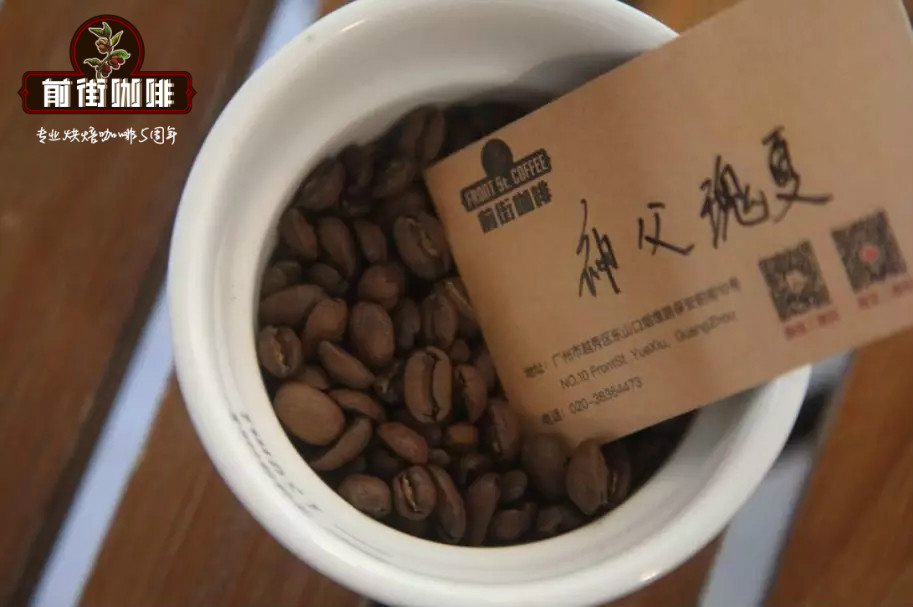
| | Costa Rica Costa Rica |
Costa Rica has eight major coffee producing areas, namely, the Western Valley West Valley, the Central Valley Central Valley, Tarazu Tarrazu, Sanhe Tres Rios, Eurosci Orosi, Brenka Brunca, Duli Alba Turrialba, Guanacaster Guanacaste. Tarrazu is one of the main coffee producers here.
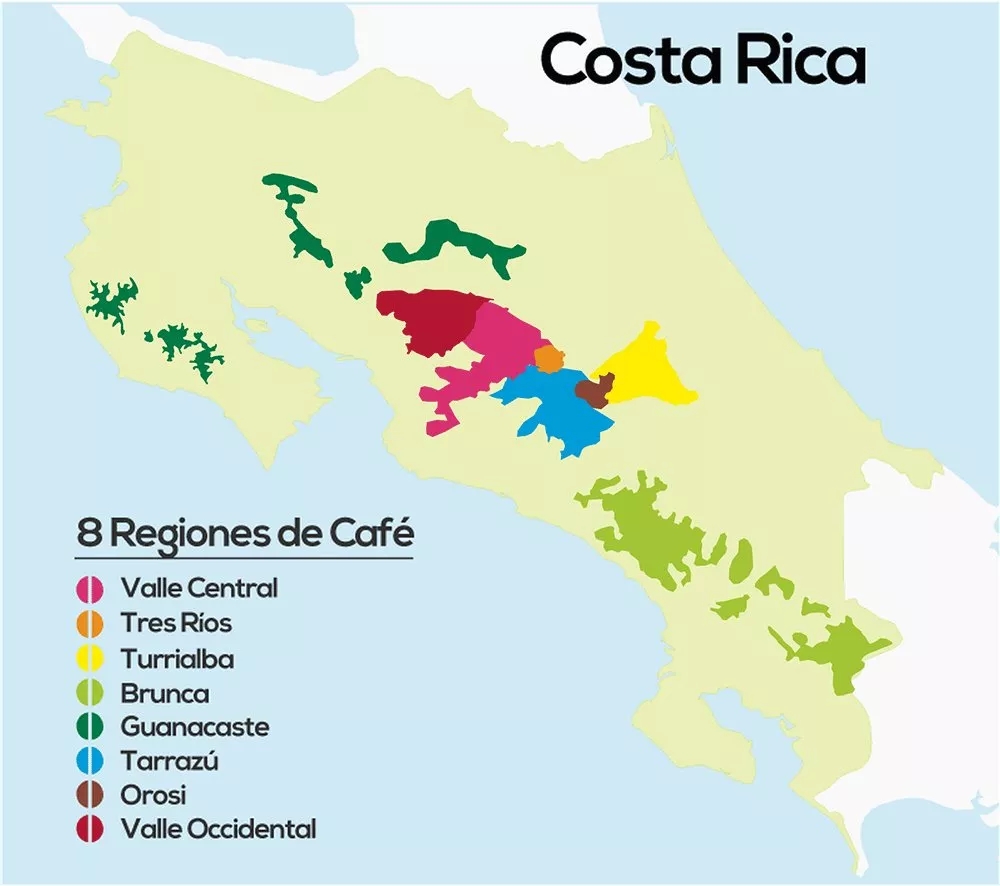
Tarazhu is located in the fertile volcanic region of Central America, which has a humid climate and fertile volcanic soil, abundant rainfall throughout the year, high altitude, and dense forest natural shade, providing a unique growth environment for coffee growth. Nearly 95% of the coffee beans produced in Tarazhu Alpine are very hard beans (SHB), which generally grow above 1500 meters above sea level.
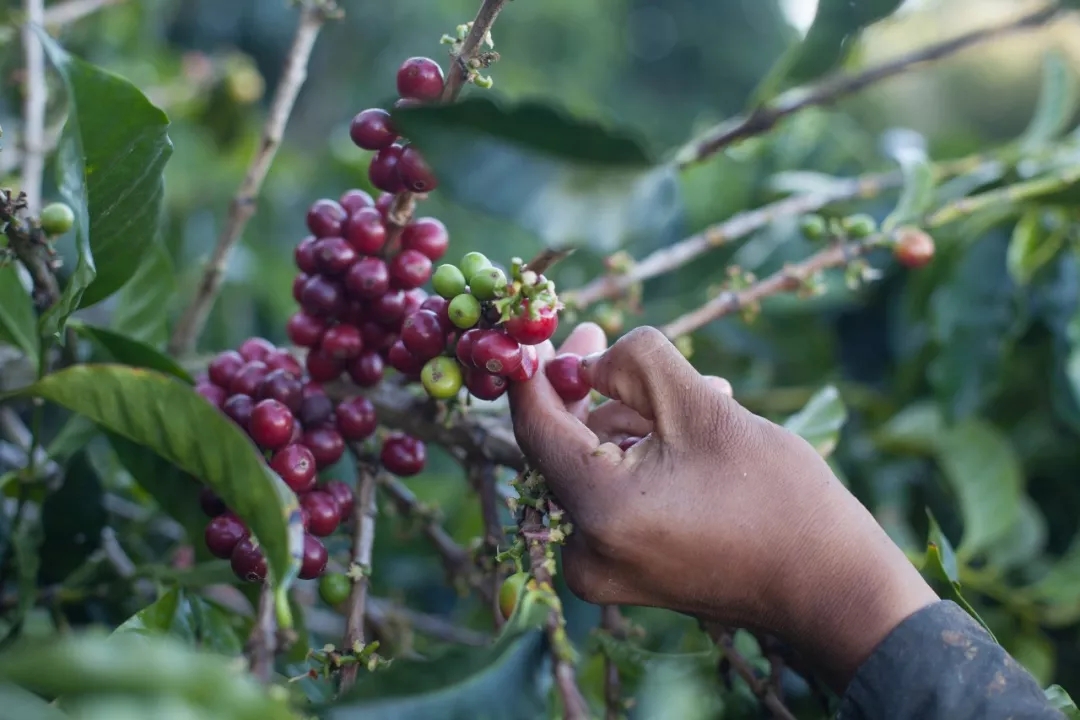
| | Father Padre Ronald |
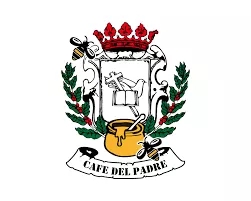
40 kilometers south of Tarazu San Jose, there is a place called the Saints area, which is 1600-1650 meters above sea level. There are 63 coffee farmers in the Tarraz-Frailes area, each with about 1-2 hectares of coffee plantations, which sell coffee cherries harvested to large companies every year to make a meagre profit.

For the local people who believe in Catholicism, the priest is not only a missionary, but also a more learned and well-connected role in the whole village. Three years ago, the priest decided to use his relationship to rent space with nearby processing plants to help small farmers turn coffee cherries into raw beans and to help find better buyers.
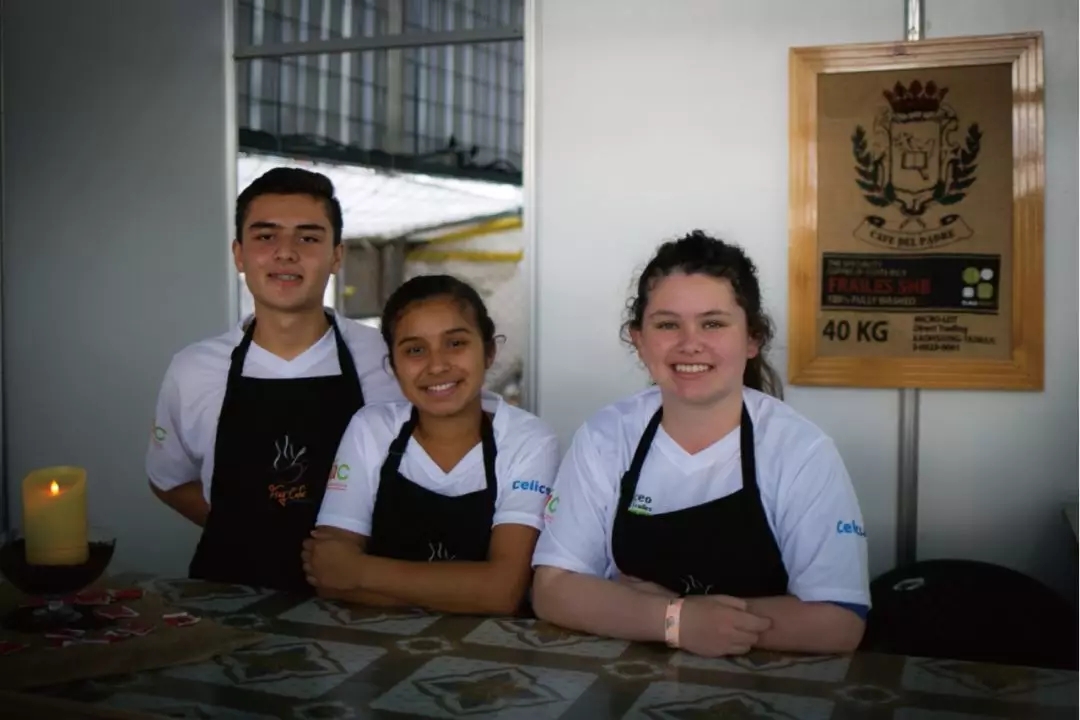
They received a bonus to build a processing plant, which was officially opened on January 28, 2016. now, they have their own processing plant, which can make better quality coffee, help more farmers and make them work hard for a year. Get more feedback.
| | handling method |
This bean is washed.
Screening coffee cherries-removing pulp-fermentation-washing-drying-shelling
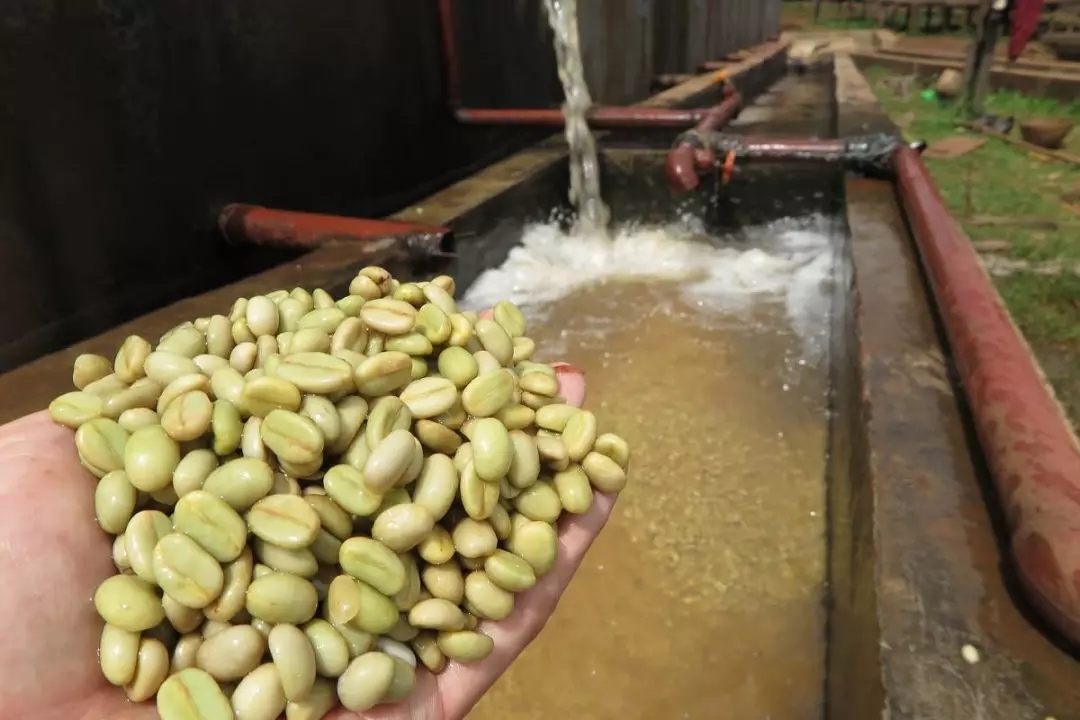
Put the selected coffee cherry into the peeling machine and initially remove its skin and pulp; put the coffee beans with residual pectin into water and let them ferment for about 24 hours; after fermentation, wash the coffee beans with parchment in a flow tank to remove their pulp and pectin; dry the coffee beans after cleaning or dry them with the help of a dryer to reduce the moisture content to about 12%. Finally, remove the parchment of raw coffee beans.
| | Analysis of raw beans |
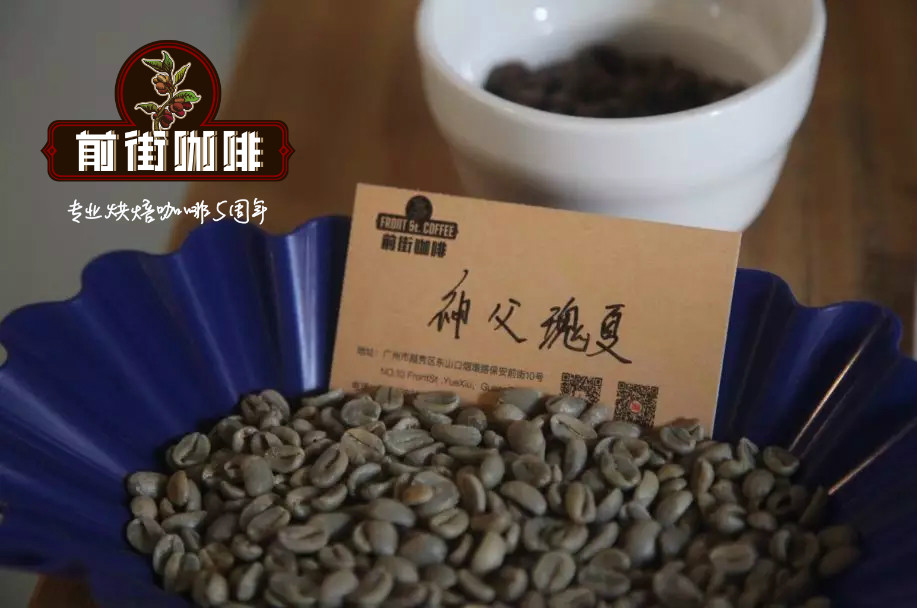
The variety of this bean is rose summer seed. Rosa coffee is the original species of Arabica, particularly picky about the growing environment, requiring high altitude, cloud shade, fertile soil and enough accumulated temperature.
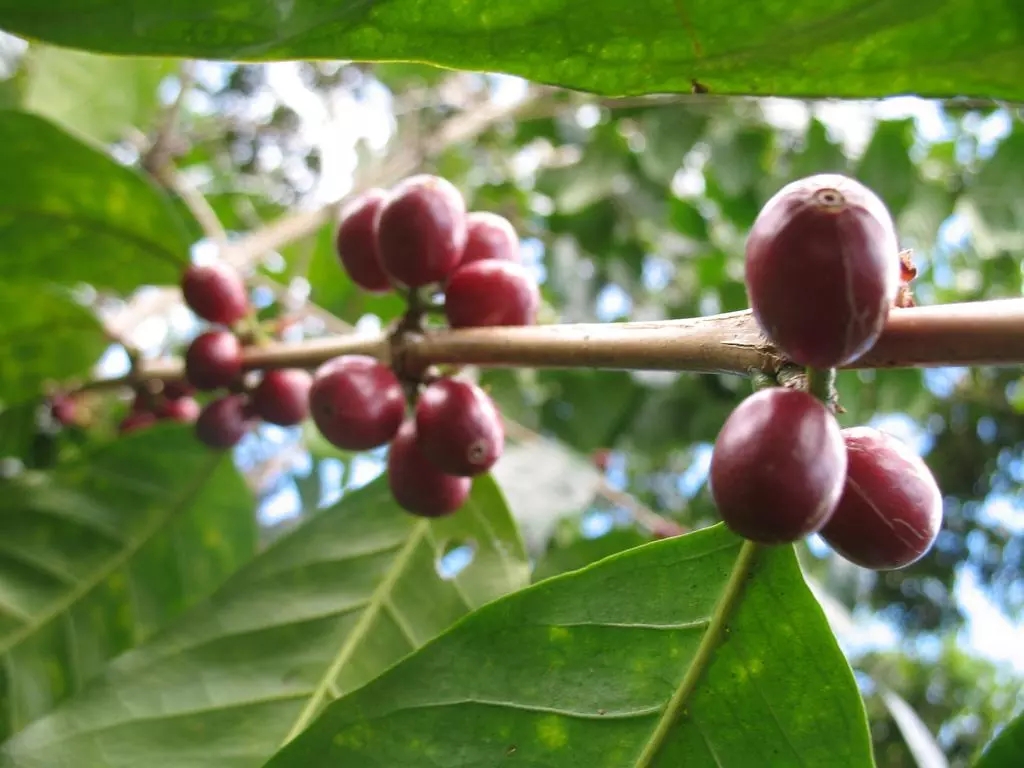
The species of Geisha was discovered in the rose forests of Ethiopia in 1931 and was later sent to the Coffee Institute in Kenya. Introduced to Uganda and Tanzania in 1936 and introduced to Costa Rica in 1953.
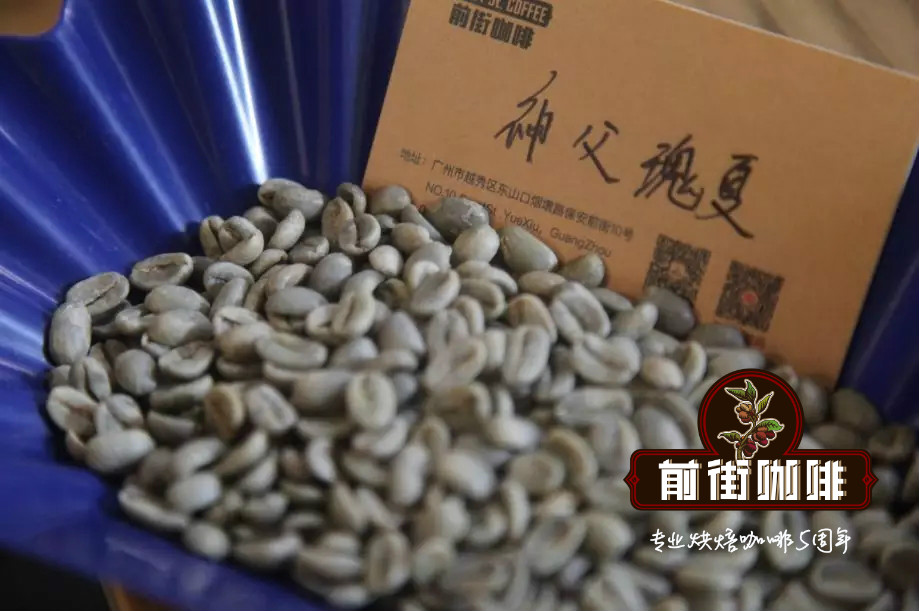
Raw beans look beautiful turquoise, unlike the obvious grass smell of other raw beans, this washed priest rose summer smells obviously sweet of peaches, ripe apples and oranges.
| | Baking analysis |
This bean belongs to SHB extremely hard bean, the bean quality is hard, the moisture content is medium, turn yellow point in 5 minutes 10 seconds, 8 minutes 17 seconds into an explosion, after an explosion development 1mm 39; 28 after baking.
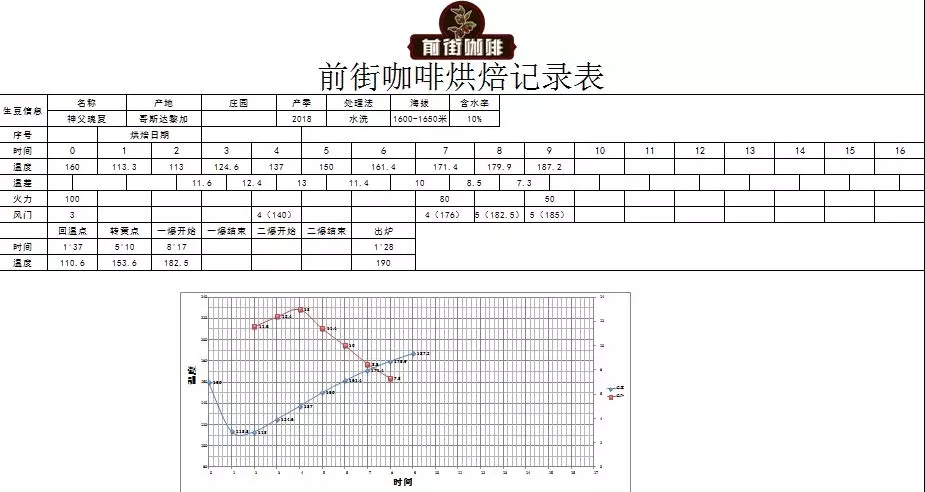
Roaster Yangjia 800N (baking capacity 300g)
The furnace temperature is 160℃ and the firepower is 100. the throttle is opened at 390 ℃, and the firepower remains unchanged. When the furnace temperature is 153.6 ℃, the bean meter turns yellow, the smell of grass disappears completely, and enters the dehydration stage. When the furnace temperature reaches 176℃, the firepower is adjusted to 80 degrees, and the throttle remains unchanged.
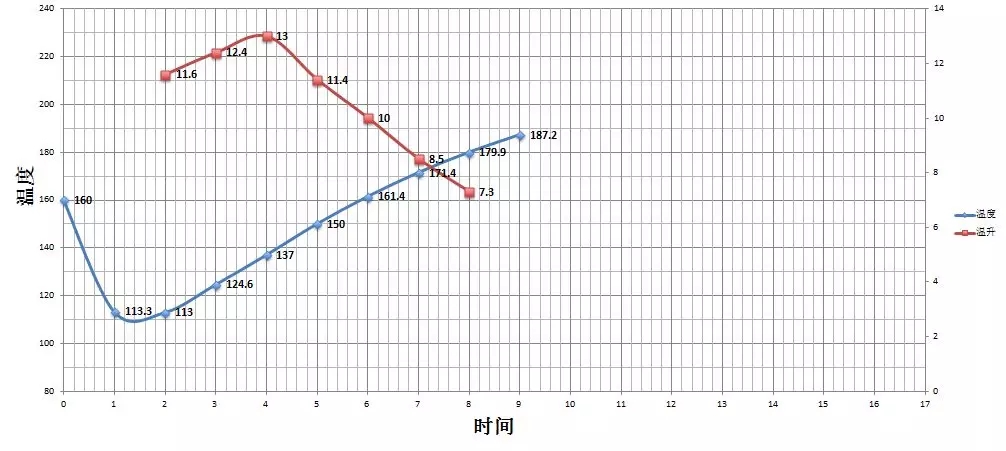
The smell of toasted bread has obviously changed to the smell of coffee, which can be defined as a prelude to an explosion. At this time, it is necessary to listen carefully to the sound of the explosion point until the sound of the explosion point starts to explode. Adjust the throttle to 5 (the tuning power should be very careful, not so small as to be so small that there is no burst sound). After the explosion, the development of 1 cup 39th 28 ", 190 ℃ into the pot.
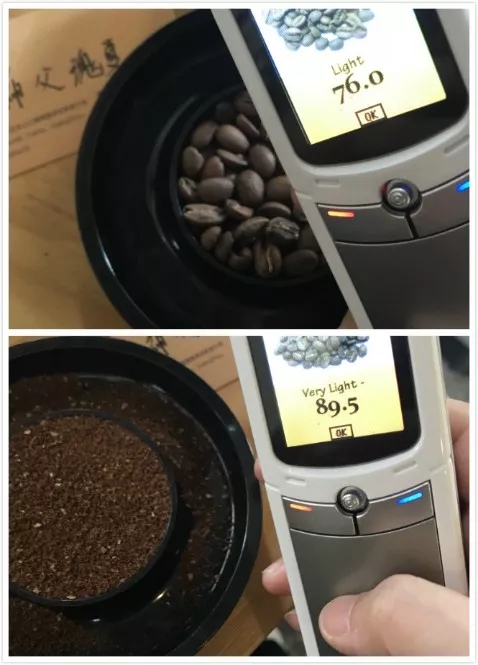
Agtron bean color value 76 (above), Agtron pink value 89.5 (bottom picture), Roast Delta value 13.5.
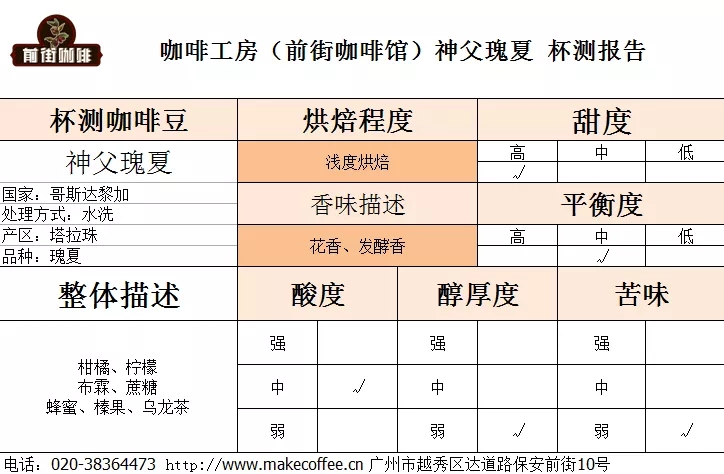
Cup test flavor: flower, citrus, lemon, sugar, honey, hazelnut, oolong tea
| | recommendation for hand flushing |
Recommended cooking method: hand flushing
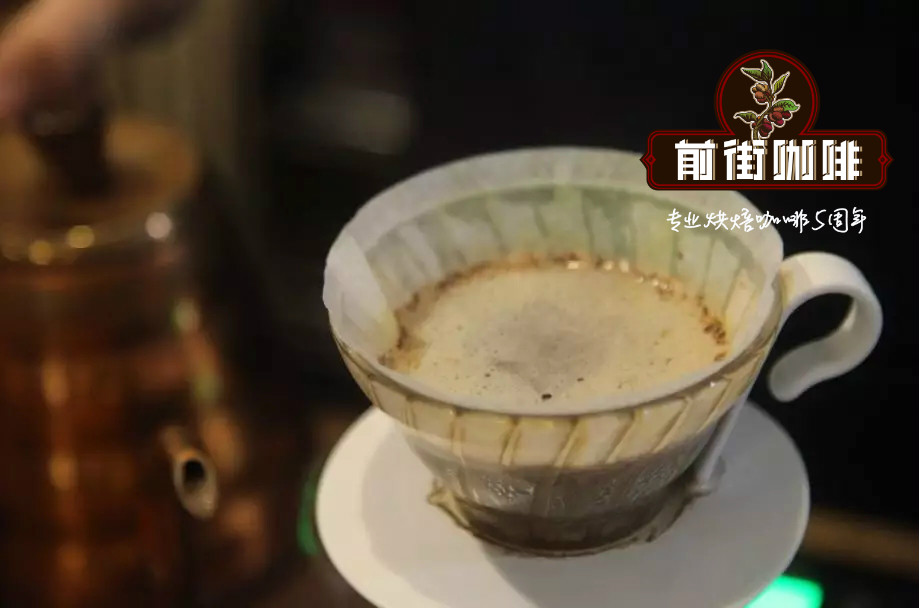
Filter cup: V60 or cake cup
Water temperature: 90-92 ℃
Powder / water ratio: 1:15
Degree of grinding: BG 5R (Chinese standard No. 20 screen pass rate 58%), that is, medium fine grinding
Flushing and cooking technique: segmented extraction. Steam with 30 grams of water for 30 seconds, small flow circle injection to 124 grams, continue to inject water to 227 grams when the water level is about to be exposed to the powder bed, remove the filter cup when the water level is about to expose the powder bed, and the extraction time is two minutes.
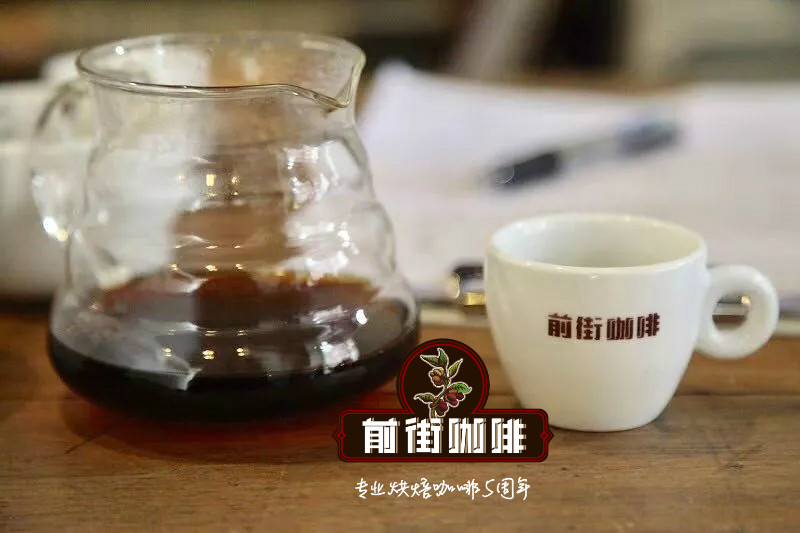
When boiled in a V60 filter cup, it smells of ginger, with sour notes of lime, citrus, nectarine and sweet orange, creamy in the middle, brown sugar, cocoa and tea in the aftertaste. The flavor is rich and the flower smell is obvious; when boiled with a cake filter cup, it smells of jasmine and virgin fruit, with sour notes of plum, citrus, apricot and plum, sweet peach and honey, and a mellow taste.
END
Important Notice :
前街咖啡 FrontStreet Coffee has moved to new addredd:
FrontStreet Coffee Address: 315,Donghua East Road,GuangZhou
Tel:020 38364473
- Prev

Taste and flavor of Colombian coffee beans describe the main characteristics of Huilan coffee bean producing area in Colombia
Professional coffee knowledge exchange more coffee bean information please pay attention to the coffee workshop (Wechat official account cafe_style) Colombian coffee origin Colombia, roasted coffee beans, will release a sweet fragrance, with the excellent characteristics of sweet acid, and moderate concentration, and with lasting fruit aroma. Nutrition
- Next

The grading system of Ugandan coffee introduces what are the producing areas of Ugandan coffee?
Professional coffee knowledge exchange more coffee bean information please follow Coffee Workshop (Wechat official account cafe_style) Uganda, located in the Great Lakes region of east-central Africa, almost all on the East African Plateau, Churchill praised it as the Pearl of Africa. But Uganda doesn't do it at all, far from the impression of our impoverished barren Africa, Lake Victoria, the world's second largest freshwater lake.
Related
- Does Rose Summer choose Blue, Green or Red? Detailed explanation of Rose Summer Coffee plots and Classification in Panamanian Jade Manor
- What is the difference between the origin, producing area, processing plant, cooperative and manor of coffee beans?
- How fine does the espresso powder fit? how to grind the espresso?
- Sca coffee roasting degree color card coffee roasting degree 8 roasting color values what do you mean?
- The practice of lattes: how to make lattes at home
- Introduction to Indonesian Fine Coffee beans-- Java Coffee producing area of Indonesian Arabica Coffee
- How much will the flavor of light and medium roasted rose summer be expressed? What baking level is rose summer suitable for?
- Introduction to the characteristics of washing, sun-drying or wet-planing coffee commonly used in Mantenin, Indonesia
- Price characteristics of Arabica Coffee Bean Starbucks introduction to Manning Coffee Bean Taste producing area Variety Manor
- What is the authentic Yega flavor? What are the flavor characteristics of the really excellent Yejasuffi coffee beans?

